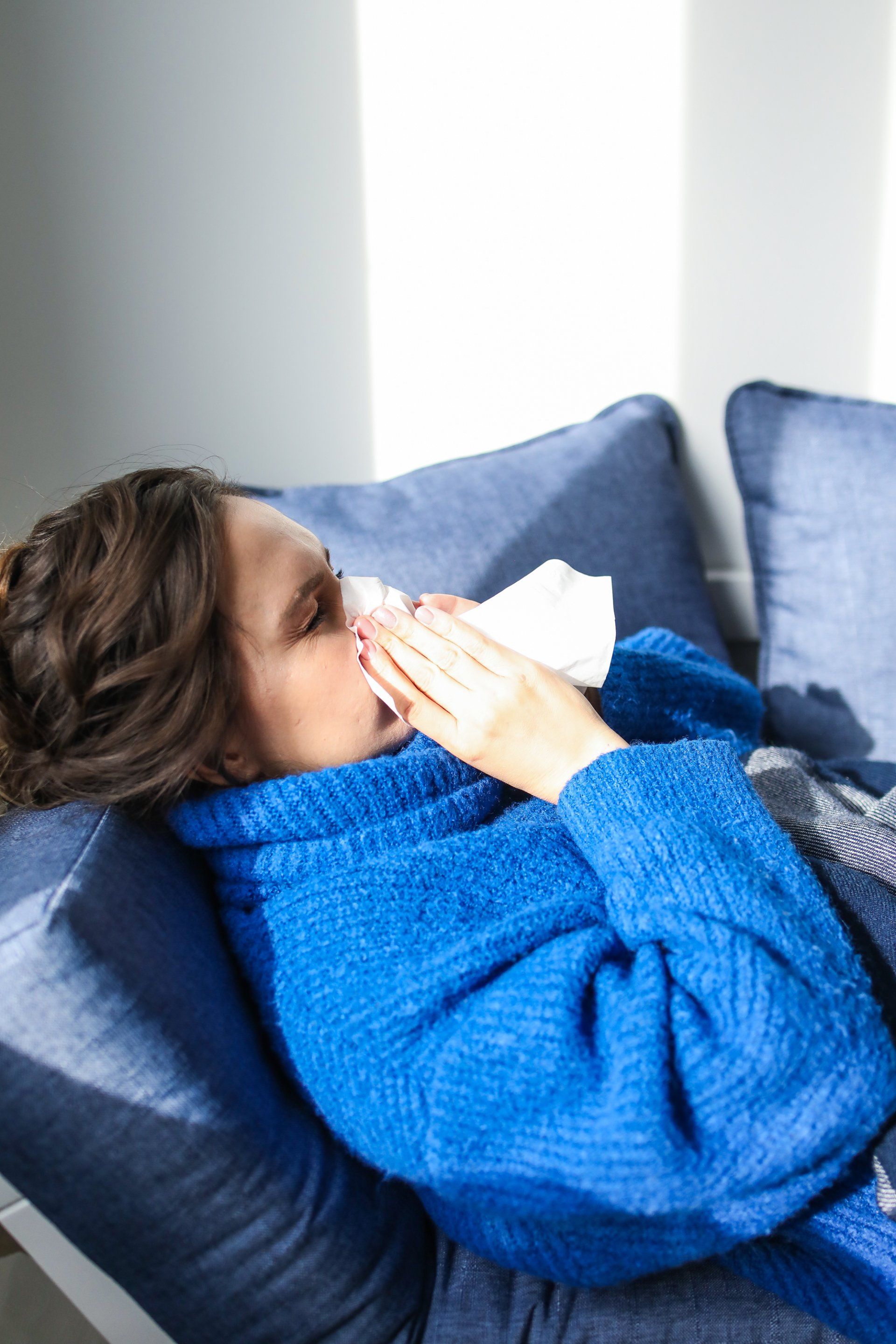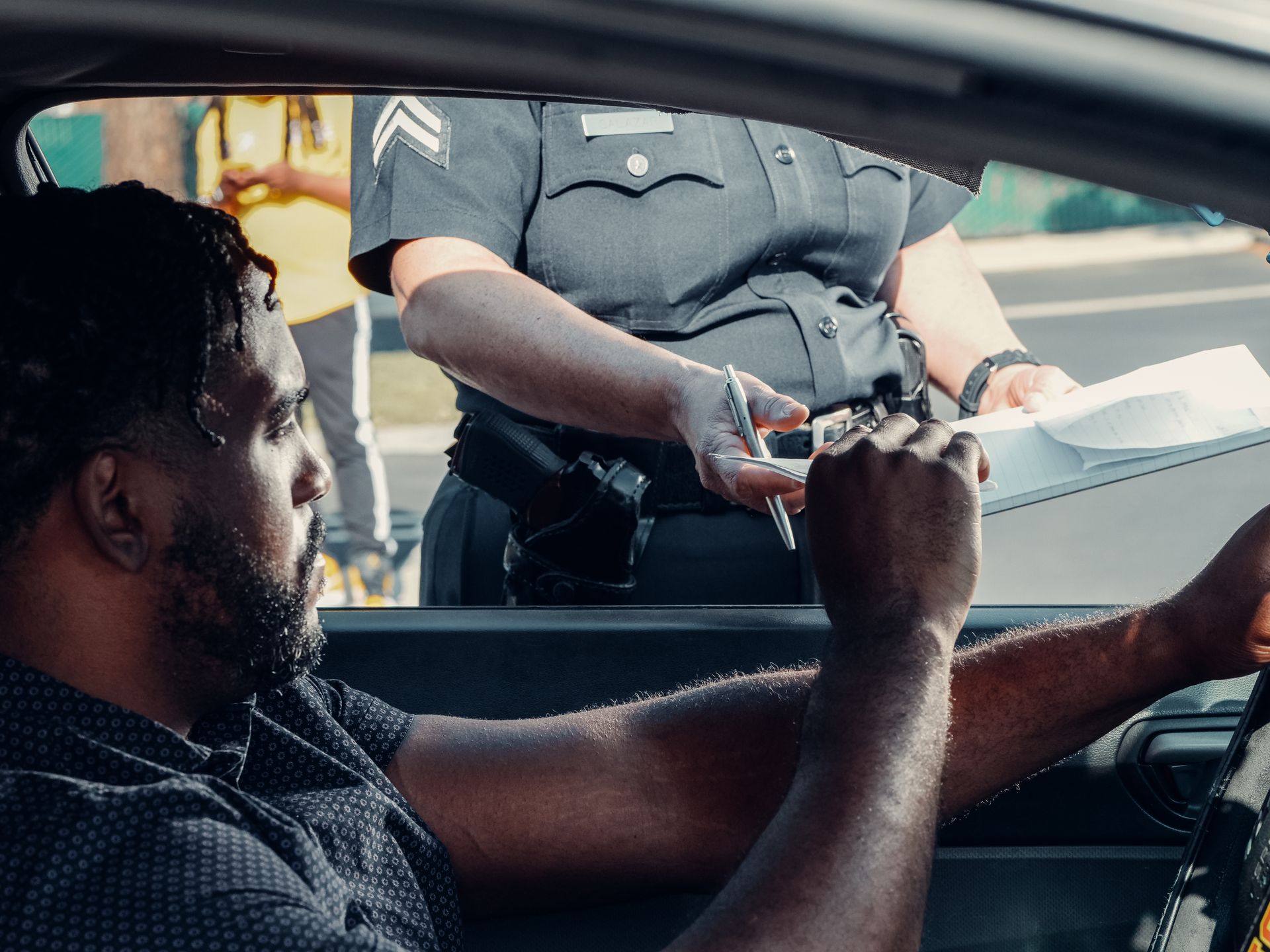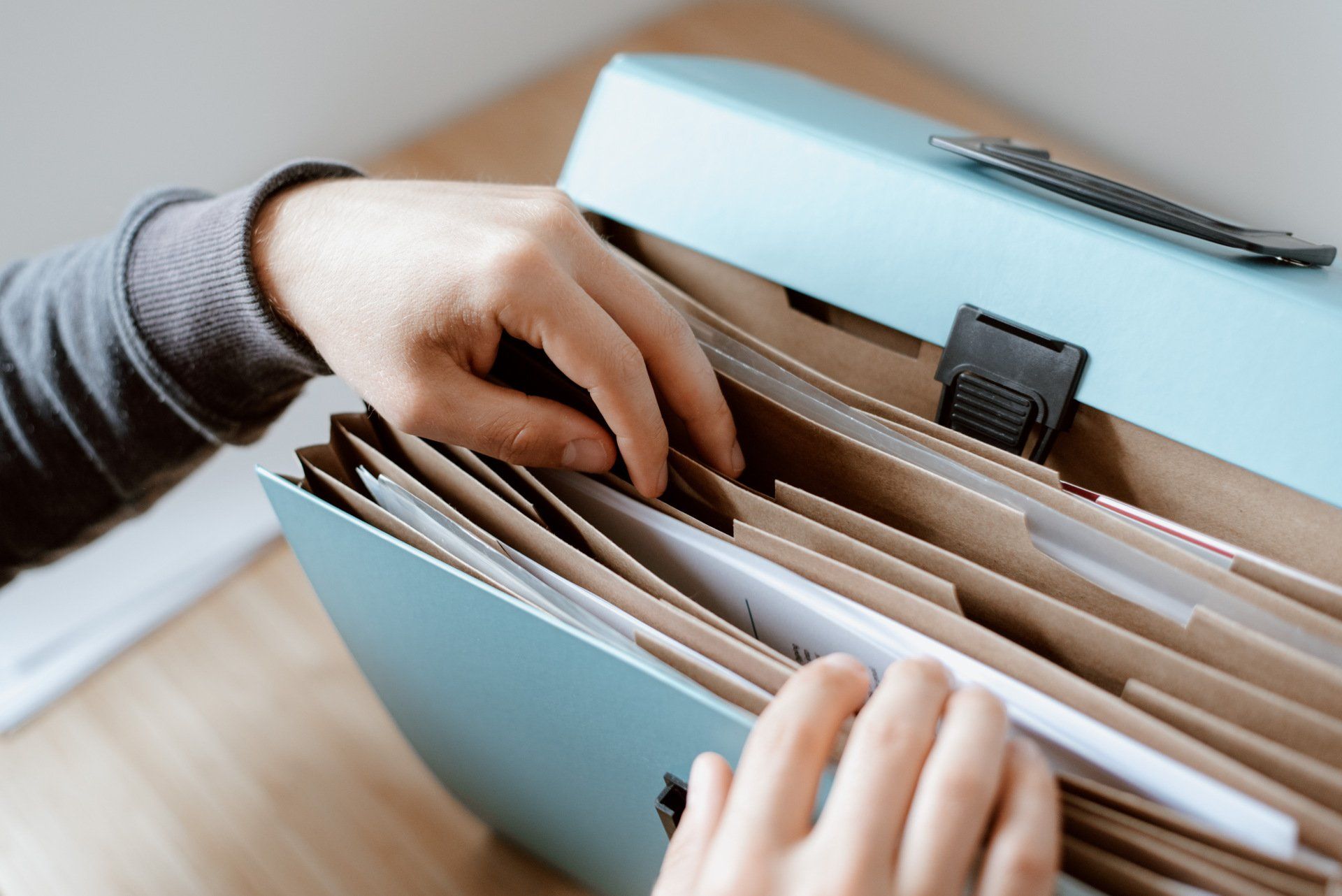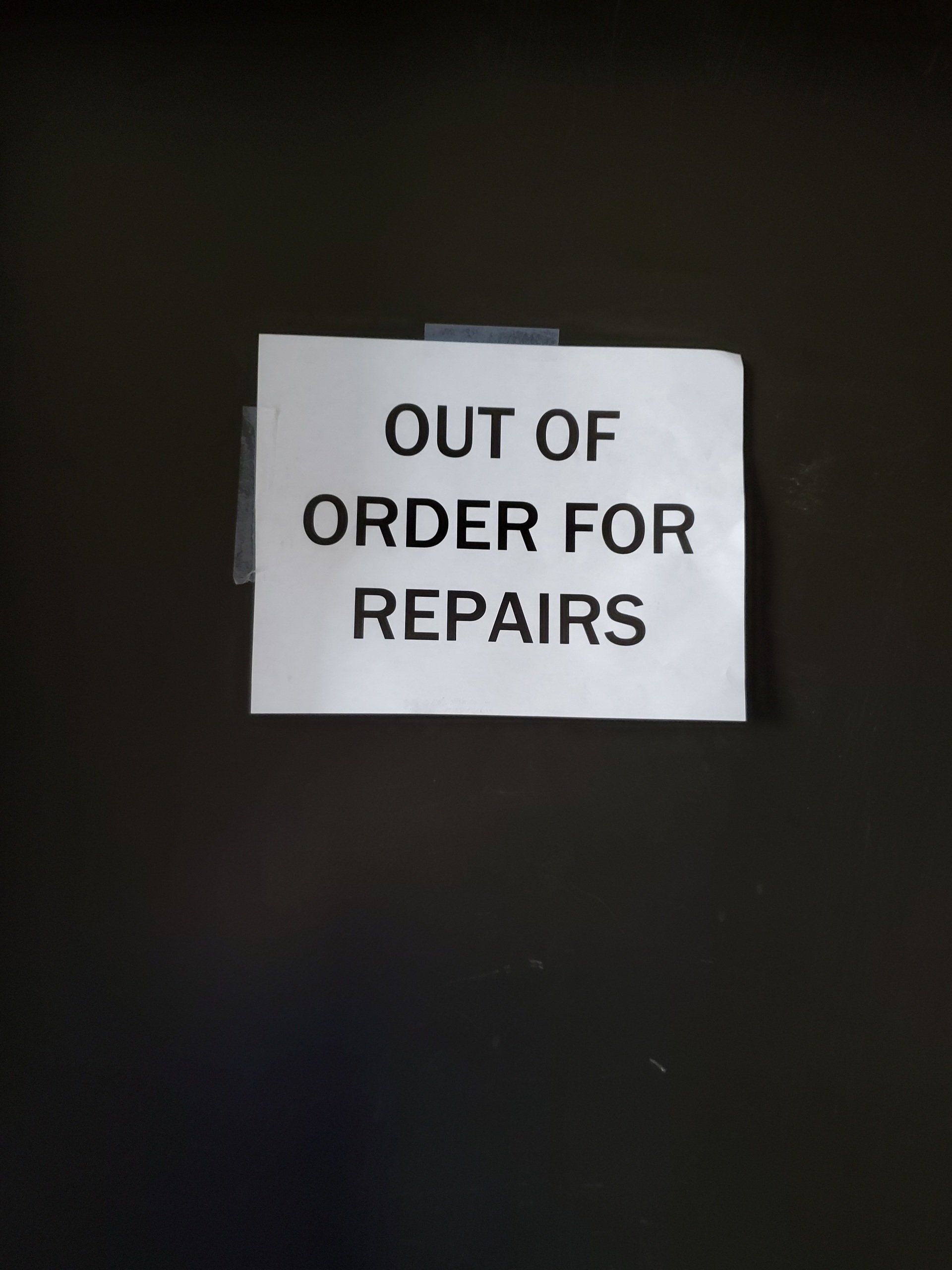Safety Matters
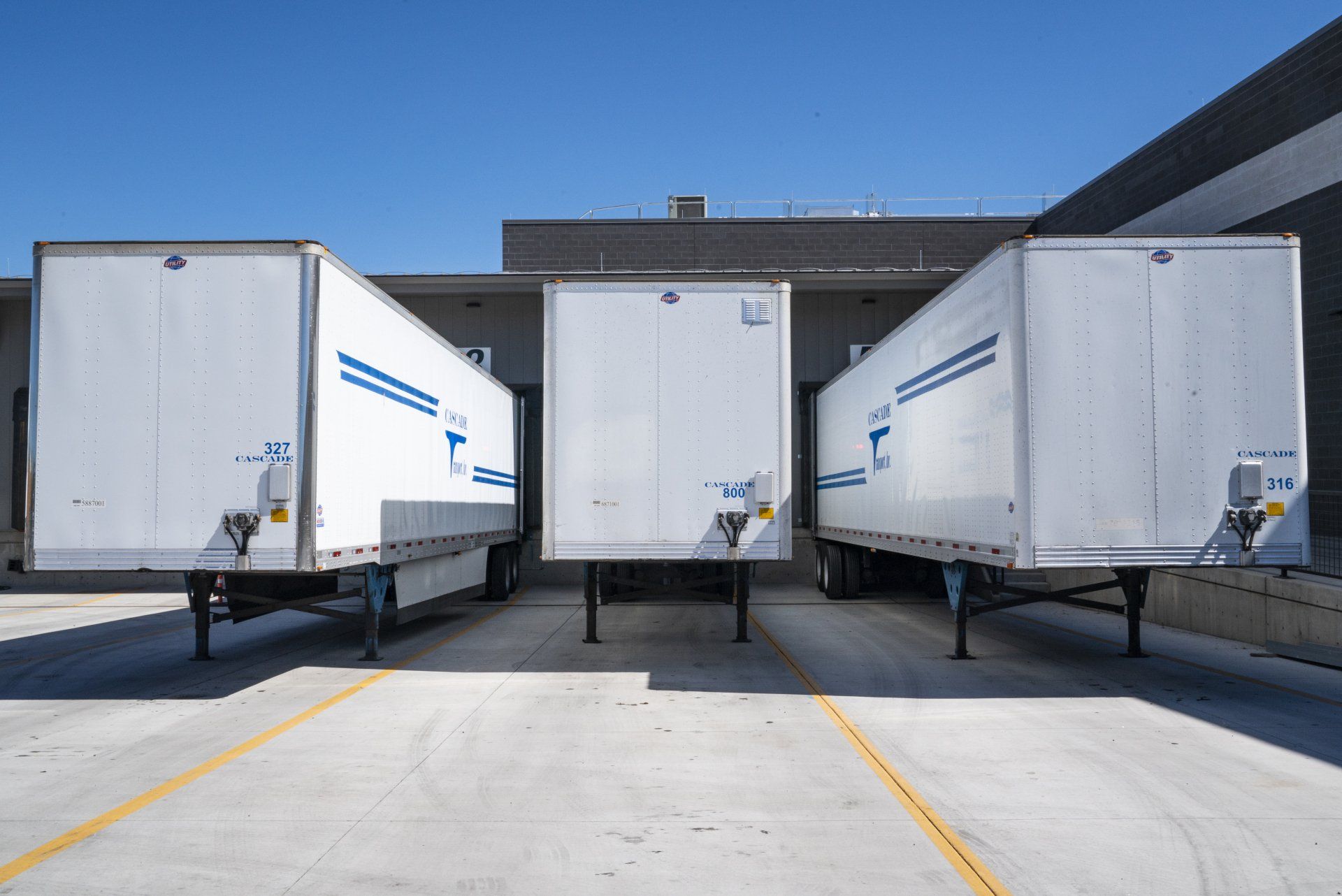
When hauling refrigerated (reefer) loads - the potential for a rejected load due to spoilage or other issues - is a real possibility on each load. There are items that drivers can check before they get loaded and leave the shipper that can reduce the chances of a spoiled or rejected load. These small items can save lots of time and money and avoid a cargo claim. Before the load is put onto the trailer check the following items: >is the reefer unit operating correctly? >are the fuel, oil & coolant at the appropriate level? >has the trailer been adequately pre-cooled? >is the reefer set according to the bills? >inspect the trailer itself to ensure the doors close properly and there are no holes or leaks in the trailer Daily tasks: >doing your daily walk around/inspection and reporting any issues to the shop/mechanic >checking the temperature on the bills matches what the trailer is set to >check the information received from dispatch matches the bills (trailer number, receiver's address, temperature, seal numbers) By getting in a routine and consistently performing these tasks, any potential issues will be easier to notice and prevent any potential delays, issues and insurance claims.

All seasons have driving hazards, and summer is no exception. There are some different and unique challenges that come with summer driving including - extra people out and about, additional traffic, weather and road construction to name a few. Summer is the season where numerous outdoor activities take place - therefore there are more pedestrians, bicyclists and motorcycles out on and near roadways. Whether in an urban setting or a rural setting - walkers, runners and bicyclists will be out in high numbers enjoying summer activities. This is a time when commercial motor vehicle drivers must pay close attention to those that are sharing the road and areas around the road with them. If a driver is new to the area they are in, they should ensure their GPS is reading the directions out loud, then the driver doesn't have to look at the screen in order to get their directions and can focus on the road. Extra cars are also out during the summer on the road as they travel for vacation. There may also be farm equipment and motorcycles sharing the road. Drivers should constantly check their mirrors, create a large space around the truck, stay in one lane as much as possible, avoid quick lane changes and slow down even more in heavy traffic to maintain proper following distance. The summer months also bring about quickly changing weather and hot temperatures. Drivers should ensure that they are monitoring the weather where they are in order to avoid or safely shelter in place should the need arise. If the area where the driver is located is experiencing excessive heat they should ensure that they are taking care of themselves and their equipment. Drivers should ensure they are not over exerting themselves and that they are drinking plenty of water! They should be checking over their equipment, especially the tires and reefer unit. If they are hauling a reefer load they should be checking that the reefer is keeping the proper temperature and that it is running properly. Road construction - while it is always happening - there are even more projects during the summer months. If a driver is in a location with many road projects they may want to check alternate routes. If an alternate route is not available the driver should ensure they give themselves extra time to make the delivery and that they are following all of the directions in the work zones and leaving a large cushion around their vehicle for safety. These are four of the main summer driving hazards - before heading out on any trip during the summer, take a couple of moments and think through these things. Drive safely!
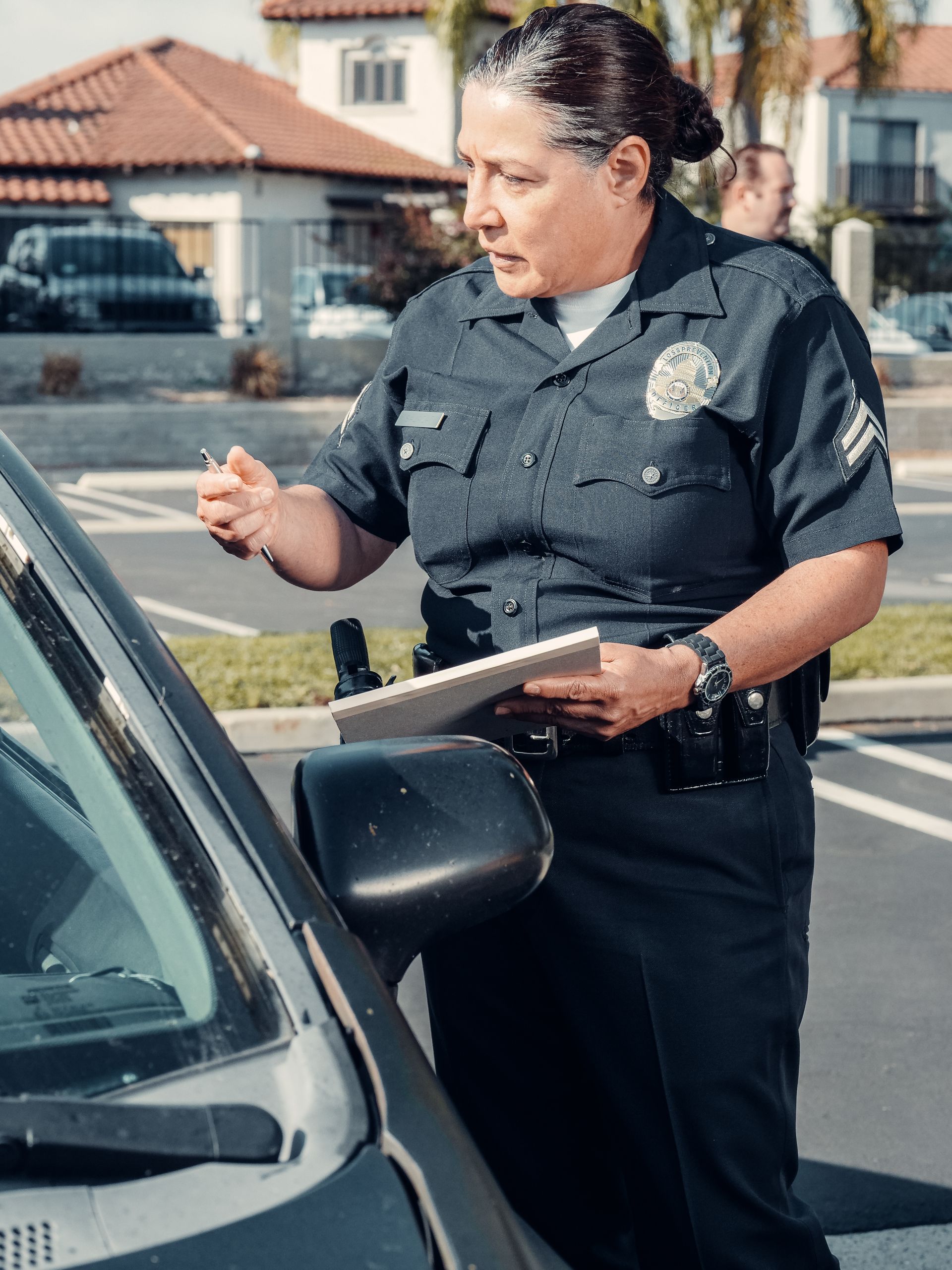
Each year the top 10 equipment inspection violations are published. In reviewing the Top 10 from 2022 - it appears that the majority of the violations could have been caught during the pre-trip inspection. More states are installing tire pressure monitors that are actually in the road - which alerts the weigh station if either the tractor or trailer has a tire with low air pressure. Once you are pulled in, the officers can now take a closer look at your truck - which could lead to additional violations being discovered. These violations not only affect the company's safety rating - but they also affect your individual safety rating. The Top 10 Vehicle Violations in 2022 were as follows: 1. Tire was flat or had an audible air leak 2. Brakes were out of adjustment 3. Inoperable turn signals 4. No or improper breakaway or emergency braking 5. Tire was flat or the fabric was exposed 6. Inoperative brake lamps 7. Inoperable required lamps 8. Inoperable, repair or maintenance violation 9. Brake tubing and hose inadequacy 10. Axle positioning parts are defective/missing

Tips for Better Sleep Sleep is important for all of us - and with all of the distractions that are out there it is easy to not get enough sleep! For professional drivers it is extremely important that they get enough sleep in order to stay alert and focus on their job - driving! Below are some tips that can help make sure you get the right amount of sleep. 1. Get the amount of sleep that YOU need! Some drivers need 6 hours, others need 9. Whichever category you fall into - make sure that you are getting the amount of sleep that your body requires. 2. Try to go to sleep and get up around the same time each day. Consistent bedtime and wake-up time are important. It helps to keep the body functioning properly and keeps you healthy. When your sleep pattern is inconsistent it can lead to health problems. This same rule goes for meal times - try to eat at the same time each day! 3. Get ready for sleep. Even if your regular routine is off - by having the same routine before you go to sleep can trick your body into thinking it is time for sleep, even if it isn't the 'regular' time. Have a routine - such as turning off electronics, making sure the sleep area is dark, and reading a book/magazine rather than watching TV. 4. Get active! Exercise is so important for numerous reasons - but it does help you to get better sleep at night. Try a brisk walk or some resistance bands before bed. This can help you sleep better and may relieve some of the day's stress. 5. Naps... In order to fight drowsiness or tiredness some people turn to the 20-25 minute cat-naps. This type of nap can help to combat sleepiness during the day. If this is not something that you are used to - it might take a bit to get it to work for you. Try it during a reset or while you are off to see if it works for you. 6. If you need help - ask! Sleep sometimes seems silly to talk about with your doctor - but if you are having troubles with sleep you should be talking to your doctor. They can help with ideas to get you to sleep better or they can recommend a doctor who specializes in sleep patterns/behaviors. Sleep is very important for all of us - it is important that as professional drivers you are getting the appropriate amount of sleep and staying alert at all times while driving.

Accidents - Actions in the Aftermath (Part 2 of 4) Unfortunately, accidents occur and when they do there are many different steps and actions that begin. The second part is the investigation phase and consists of six steps. STEP ONE: The driver will need to comply with any necessary DOT testing that is required. Depending on the incident/accident and the company policy DOT testing may or may not be necessary. STEP TWO: If law enforcement is involved in the investigation, ensure that they have access to the needed information and they have the correct company contacts. STEP THREE: If there was any type of spill (fuel, cargo, etc) make sure that a clean-up service has been contacted and is dispatched to the scene. STEP FOUR: Depending on the location and severity of the accident, media may be at the scene. This is for the office to handle, the driver should not have any contact with the media. STEP FIVE: The office will coordinate with the insurance company on their requests and any movement of equipment (if needed). STEP SIX: Office/Safety personnel will be talking with the insurance company and with the driver. This is when the driver will be asked to give their written statement of the incident/accident. The investigation phase is more time consuming and takes a longer amount of time after the accident has occurred.

